You know how I like trains? Well, last week I went to what has often been described as the prettiest station in the world, and it seems that not many people know about it. So allow me to present, Wemyss Bay Railway Station, Firth of Clyde, Scotland.
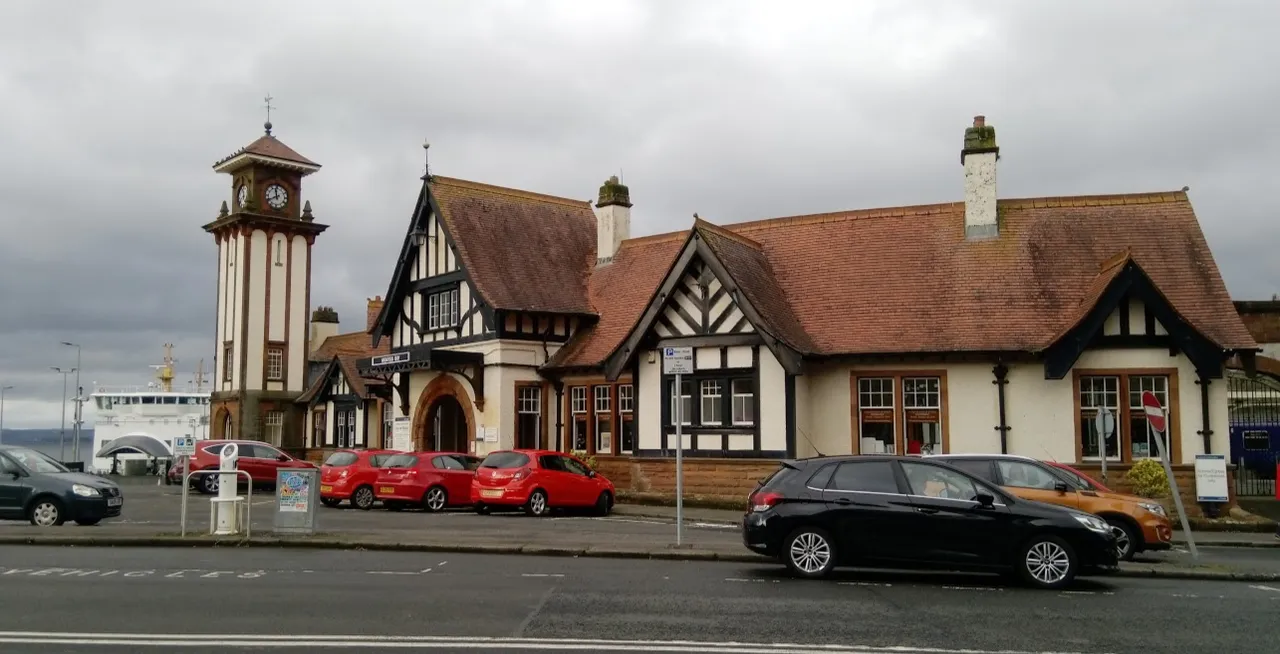
The History....
Having seen the success of the Glasgow, Paisley and Greenock railway which opened in 1841 and had attracted considerable passengers and goods traffic, work was commenced by the Greenock and Wemyss Bay Railway Company on a 10 mile stretch of line from Port Glasgow in 1862.
The Clyde was littered with steamships, crisscrossing to the different ports and islands that were scattered up and down either bank but Wemyss Bay was away from most of the grimy industrial areas and as such, became home to many wealthy Glaswegian industrialists, which in turn led to the Wemyss Bay Steamship pier and its trips and excursions to the less polluted areas of the west coast for simple pleasure as well as the regular services up the Clyde to the city which slowly declined due to the railway.
The extended line was opened on the 15th May 1865 with trains to Port Glasgow that were run by the Caledonian Railway and the original station just had a single platform and a Victorian Villa style of station building to fit into the local merchant's grand Victorian villas.
In 1890, trains began operating from Glasgow Central directly to Wemyss Bay and the Caledonian Railway took over the line and the Caledonian Steam Packet Company took over the operation of the steamers and their burgeoning tourist business to the coast. Even working-class Victorians began taking excursions and even holidays and subsequently, both the pier and station became totally unsuitable for the huge number of both rail and steamer passengers and in 1893, work began on extending the pier to accommodate 5 steamers and this was completed in 1901 and overlapped the start of the new station terminus.
After extending the sea wall and reclaiming land, enough space was found and the station, as you can see it today, was completed and opened to traffic. James Miller, a famous Scottish Railway Architect and his Chief Engineer, Donald Matheson had attempted to create a very early form of transport interchange to allow effortless passage from train to ship along a stunning curved corridor that was wide enough to allow queues for the different destinations and keep the passengers dry! A separate path allowed the porters to move the luggage, unimpeded by the passengers.

The stunning curvature of the corridor that leads from the station concourse down to the ferry booking office
The station flourished and went from strength to strength throughout the 1920s when the Caledonian Railway Company was amalgamated into the London Midland and Scottish Railway (LMS) and the plants and flowers which had been a feature since the opening, still won awards and were a focal point of any passage through the station.
The crowds kept coming through the 1930s and into the 1940s as post-war Britain's austerity had people staying close to home which meant boomtime for coastal towns like Largs, Millport and Arran.
The decline began in the late 1950s and into the 1960s as with many railway stations and the network generally. The Beeching report condemned many small branchlines that were not profitable and along with the rise of air travel, goods being shifted onto the roads and a growing economy, so the line to Wemyss Bay was reduced to a single track, a drive on facility was added to allow cars to be ferried on the ship and the pier was reduced in length. The boat began being a simple service from Wemyss Bay to Rothesay and old Steem locos became extinct as the line became electrified in 1967 but the station itself survived albeit a little dilapidated and was given 'listed' status.
The station was extensively renovated and the tracks rationalised by Scot Rail during 1993 and 1994 and a 'friends' group set-up to safeguard the buildings and thanks to them, the station regained its famous floral displays and was again refurbished and renovated in 2015, and that's how you still see her today in all her glory, a beautiful echo from the golden age of travel.
What's really nice is that the old rooms and offices of the station are still used as coffee shops, bars and my personal favourite is a second-hand bookshop and study centre which is run by the 'Friends of Wemyss Bay' and where I read and learned everything I wrote in this post. It's been kept in 'heritage' condition and was a lovely couple of hours for me, reading and looking at pictures. There was heady the smell of aged leather and beeswax polish as I perused the folders of history and the story of the station and the Steamships.

I am never going to be a huge history fan, nor a lover of Victorian architecture. I will always prefer utilitarian, industrial design to the raked cornice and fluted shafts of what we might perceive to be typical Victorian design but oddly, Wemyss Station is almost unclassifiable with its touches of Swiss chalet and mock Tudor! With railway architecture, the trains and engines themselves are secondary within the overall scene.
The point is though, I can appreciate the skill and craftsmanship. Look at those curves. There was no CAD, Laser cutting or computers, just pencil, paper and some serious mathS, and although never dwelling too long in the past, I do enjoy that feeling you get when immersing yourself in another time and space and letting your mind wander and imagination open up, picturing yourself in the echoes. Just for a short while.
I will leave you with some more pictures, further reading links and the references I used....if you're still awake ;-)
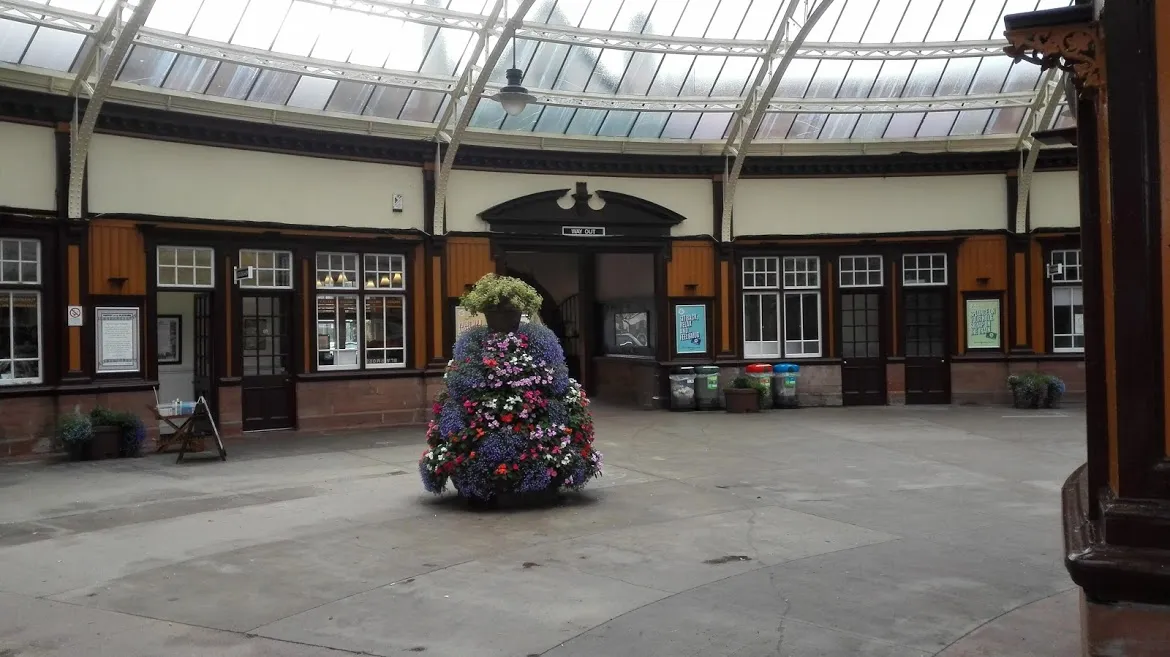

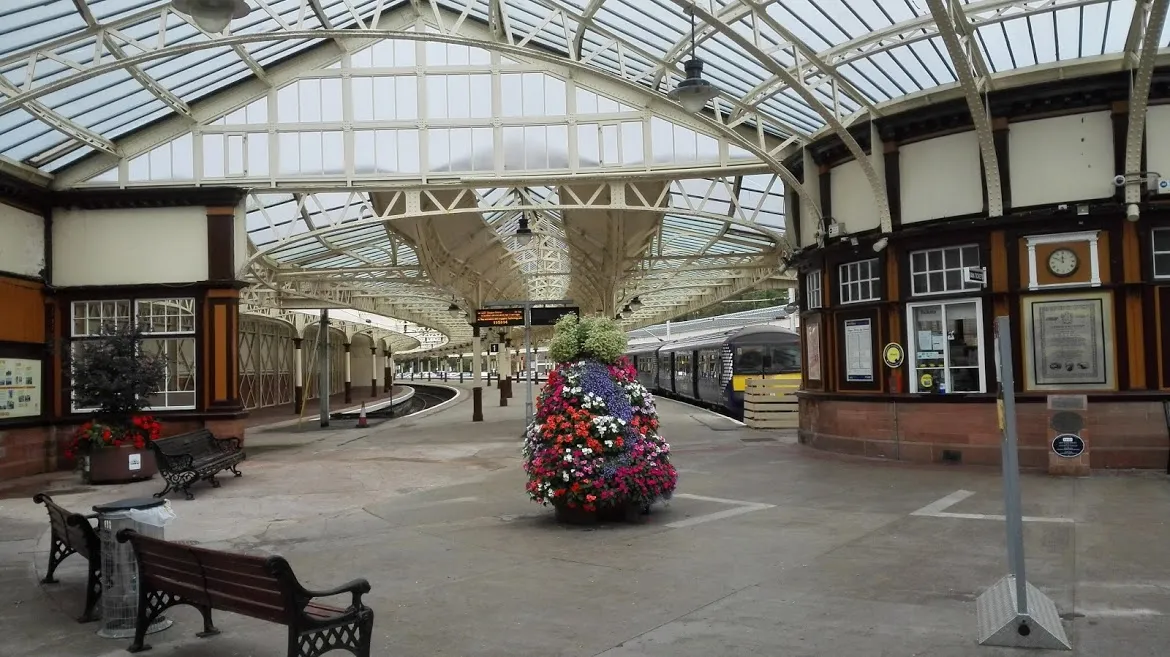
I firmly believe that this semi-circular arched concourse was the inspiration for the KingsCross restoration but can't find any reference to confirm this but if Railway architects were on Steem, I'm sure steemcleaners would have them for plagiarism!

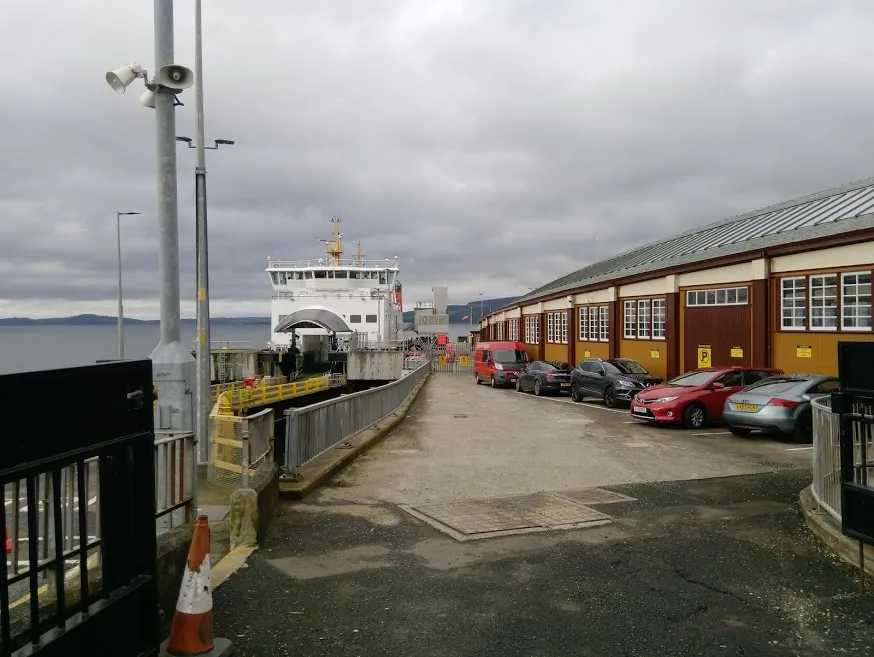
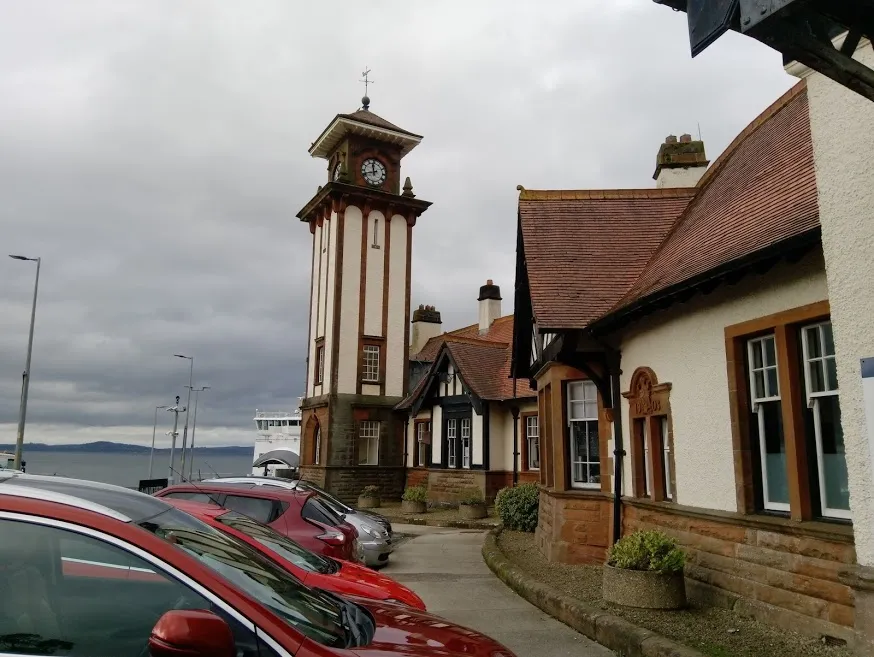
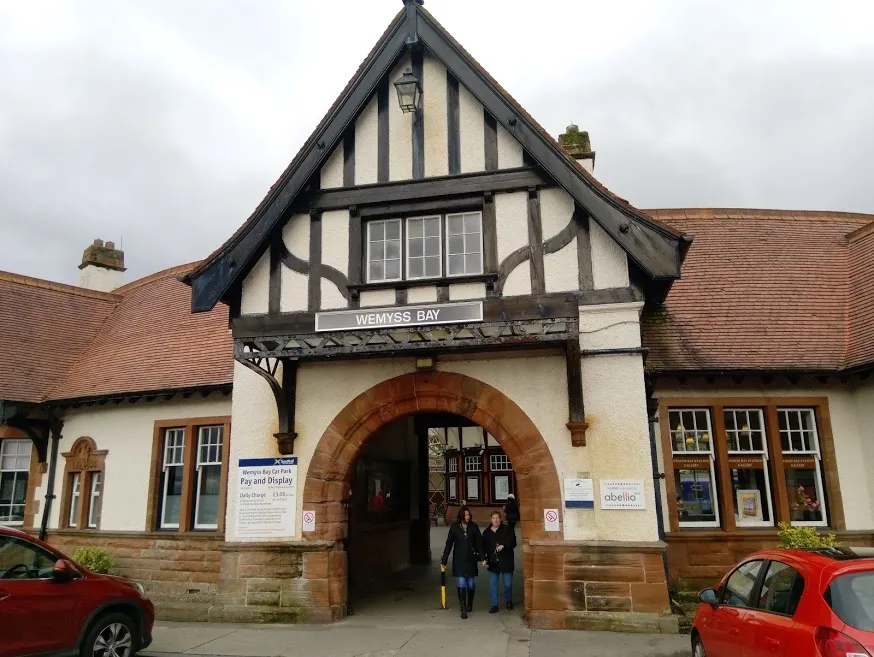
Friends of Wemyss Bay Railway Station
A better history of the line and station and some wonderful old photos.
James Miller - Architect
Along with more pictures of his Scottish signature buildings
Scotrail
An incredible resource and gallery of Scottish Railways
All photos taken by me and are free to be used and abused
Want to know where it is? It's on @steemitworldmap
[//]:# (!steemitworldmap 55.876018 lat -4.888076 long A most beautiful Station: Wemyss Bay Station and Ferry Terminal (No bad language or whinging!) d3scr)
